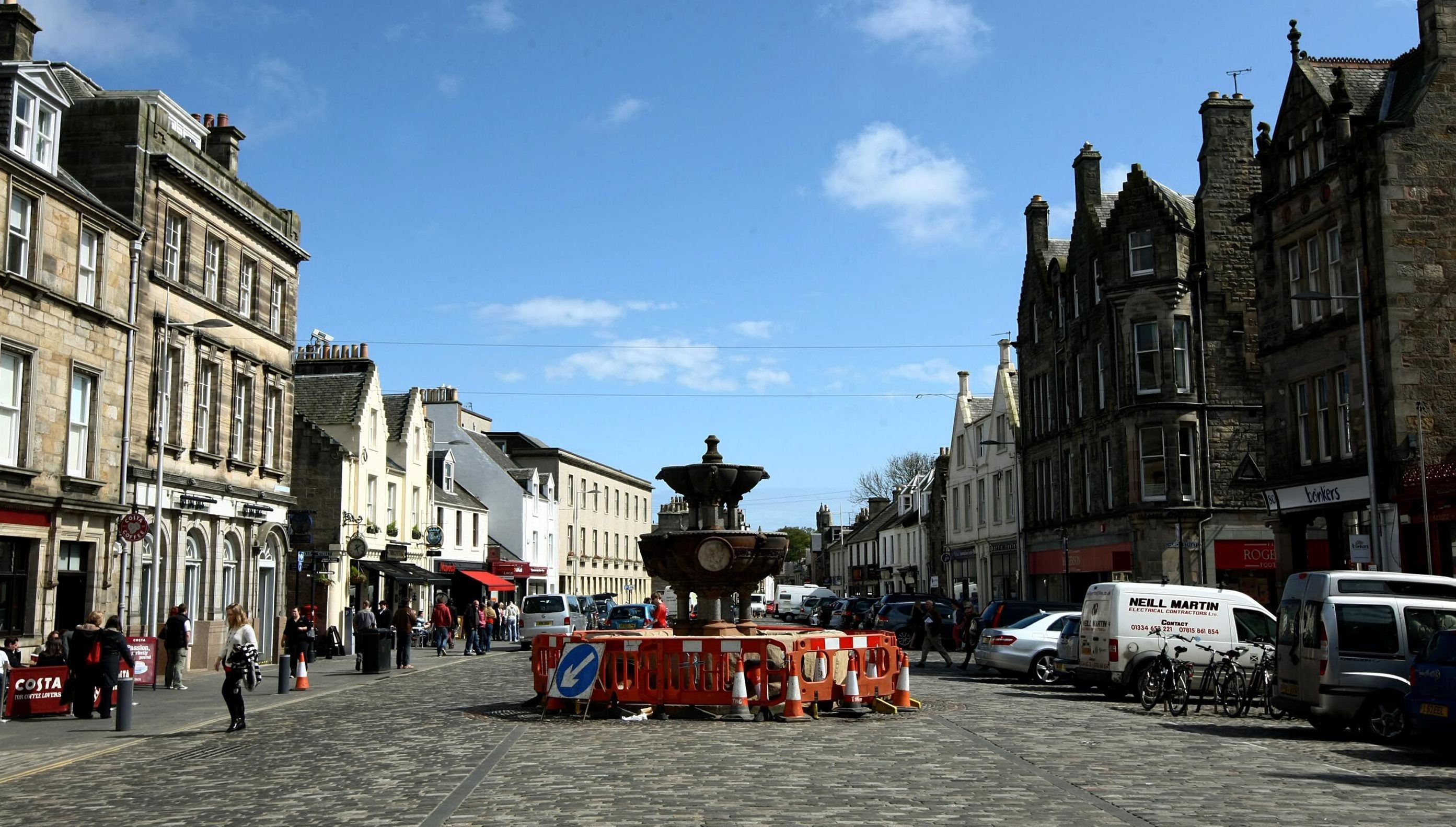A moratorium on new Houses in Multiple Occupation (HMOs) in the central St Andrews conservation area has been prolonged for yet another year.
Fife’s executive committee has agreed to continue the controversial extension of the HMO moratorium to June 2017 to allow for further research into its impact on the St Andrews housing market area.
It is just the latest chapter in a long history of discussion on the subject in St Andrews, given its role as a university town.
The suspension was first approved in 2011 as part of an attempt to tackle the town’s housing problem, with a review expected to take place two years later in 2013.
However, a lack of evidence left Fife Council officers unable to conclude exactly what impact the moratorium had had upon the town.
The ban was then extended until June this year, but a further year’s extension was requested by council officers to allow an “independent and comprehensive” review of policy to be carried out.
That has now been approved by councillors, with officers saying the move will allow for a more “holistic view of HMO provision across planning and licensing regimes”.
Committee members urged officers to look at the wider impact of the moratorium beyond St Andrews as part of the research, with concerns expressed that HMOs have been spreading into other areas as a knock-on effect.
Councillor Karen Marjoram, for example, said she believed HMOs were springing up in the likes of Cupar, although she was assured the research would look at other areas of north east Fife.
St Andrews councillor Dorothea Morrison stressed: “The university has grown, the number of undergraduates has grown, so that is why we need to look at the surrounding areas.
“In Guardbridge for example, we’ve had some real problems there.”
But Cupar councillor Bryan Poole said it was important to wait for the findings of the research before coming to any conclusions.
“The point is that we don’t know what the impact of the moratorium has been yet,” he said.
“There’s anecdotal evidence that the moratorium has had an impact on other communities, particularly in other parts of St Andrews.
“But it also strikes me that the university is making huge efforts to build their own accommodation which should take the pressure off.
“I think we need to go into this with an open mind.”
Following the committee discussion, Gavin Smith, housing team manager, said the council was going into the process with “an absolute open mind”.
And he concluded: “The St Andrews housing market is absolutely unique – so we want and need this research to be robust.”
